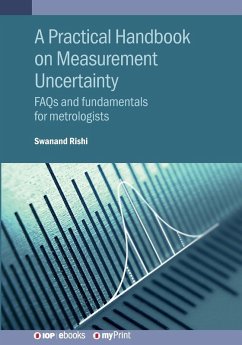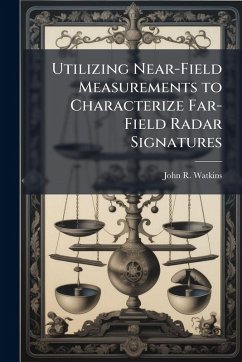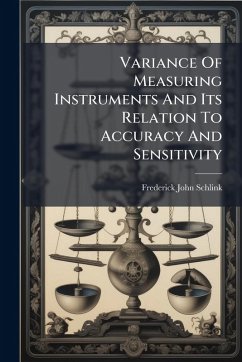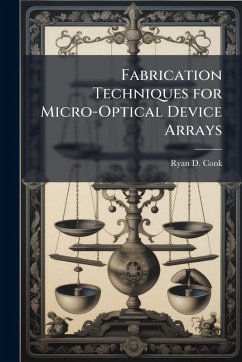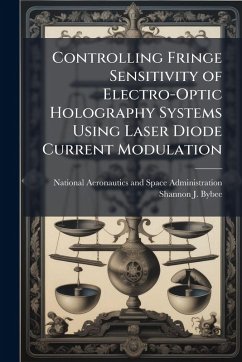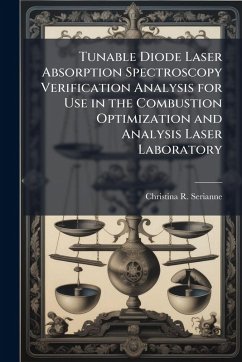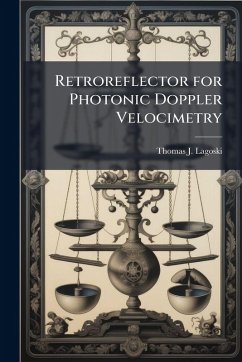
Using Multiple MEMS IMUs to Form a Distributed Inertial Measurement Unit
Versandkostenfrei!
Versandfertig in über 4 Wochen
17,99 €
inkl. MwSt.
Weitere Ausgaben:

PAYBACK Punkte
9 °P sammeln!
MEMS IMUs are readily available in quantity and have extraordinary advantages over conventional IMUs in size, weight, cost, and power consumption. However, the poor performance of MEMS IMUs limits their use in more demanding military applications. It is desired to use multiple distributed MEMS IMUs to simulate the performance of a single, more costly IMU, using the theory behind Gyro-Free IMUs. A Gyro-Free IMU (GF-IMU) uses a configuration of accelerometers only to measure the three accelerations and three angular rotations of a rigid body in 3-D space. Theoretically, almost any configuration ...
MEMS IMUs are readily available in quantity and have extraordinary advantages over conventional IMUs in size, weight, cost, and power consumption. However, the poor performance of MEMS IMUs limits their use in more demanding military applications. It is desired to use multiple distributed MEMS IMUs to simulate the performance of a single, more costly IMU, using the theory behind Gyro-Free IMUs. A Gyro-Free IMU (GF-IMU) uses a configuration of accelerometers only to measure the three accelerations and three angular rotations of a rigid body in 3-D space. Theoretically, almost any configuration of six distributed accelerometers yields sufficient measurements to solve for the translational and angular acceleration. In reality, however, sensor noise corrupts the measurements and good sensor geometry is necessary to obtain an accurate estimate of the translational and angular accelerations. Determining the optimal configuration of accelerometers is an exercise in geometry. This thesis investigates the optimal geometry of an INS constructed of multiple networked IMUs and develops the accompanying mechanization and error equations. Simple simulations are run to test and validate the basic design principles. This work has been selected by scholars as being culturally important, and is part of the knowledge base of civilization as we know it. This work was reproduced from the original artifact, and remains as true to the original work as possible. Therefore, you will see the original copyright references, library stamps (as most of these works have been housed in our most important libraries around the world), and other notations in the work. This work is in the public domain in the United States of America, and possibly other nations. Within the United States, you may freely copy and distribute this work, as no entity (individual or corporate) has a copyright on the body of the work. As a reproduction of a historical artifact, this work may contain missing or blurred pages, poor pictures, errant marks, etc. Scholars believe, and we concur, that this work is important enough to be preserved, reproduced, and made generally available to the public. We appreciate your support of the preservation process, and thank you for being an important part of keeping this knowledge alive and relevant.



